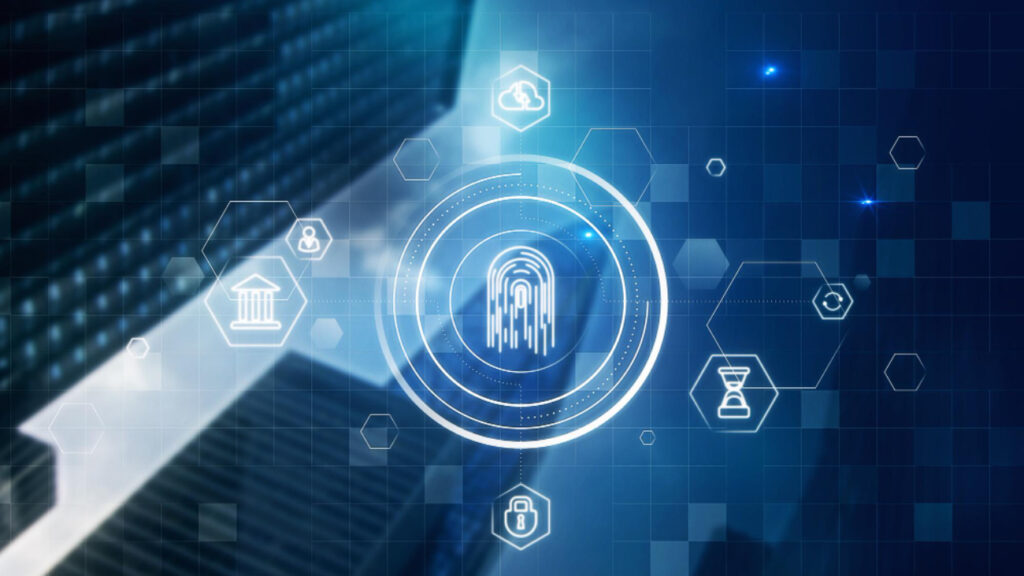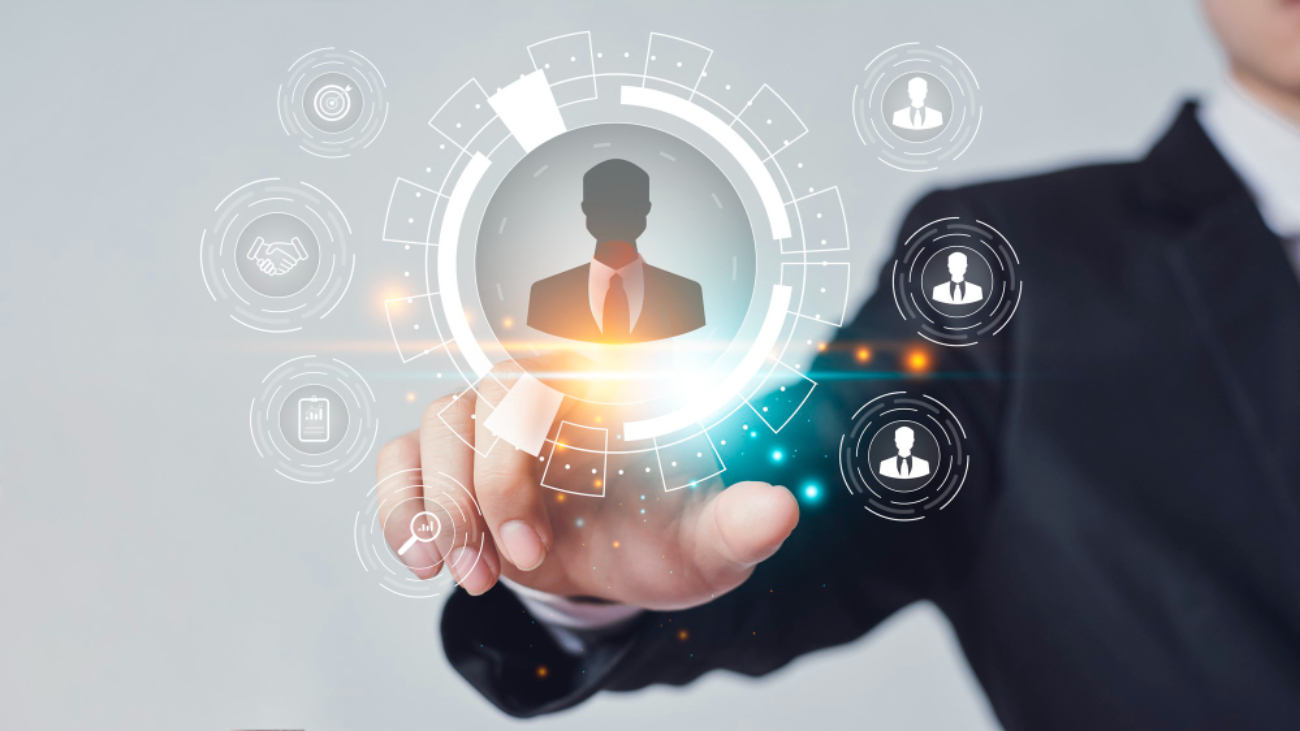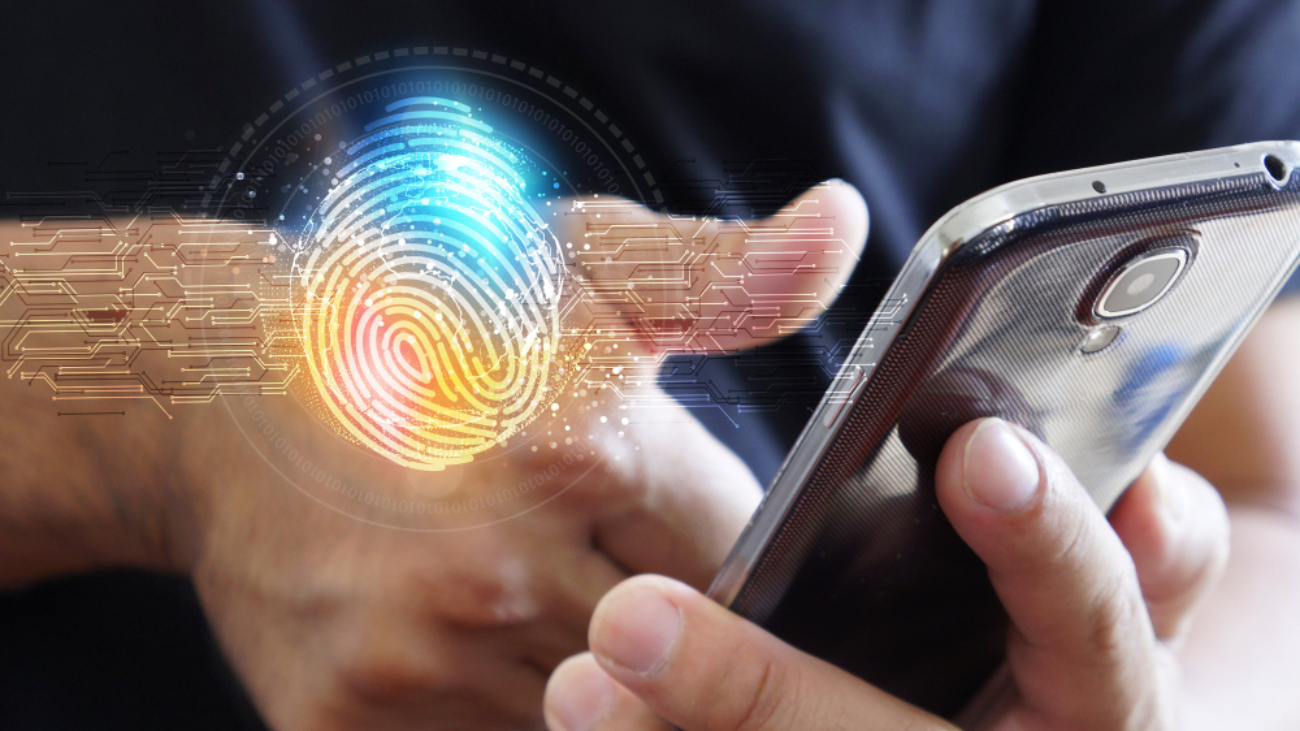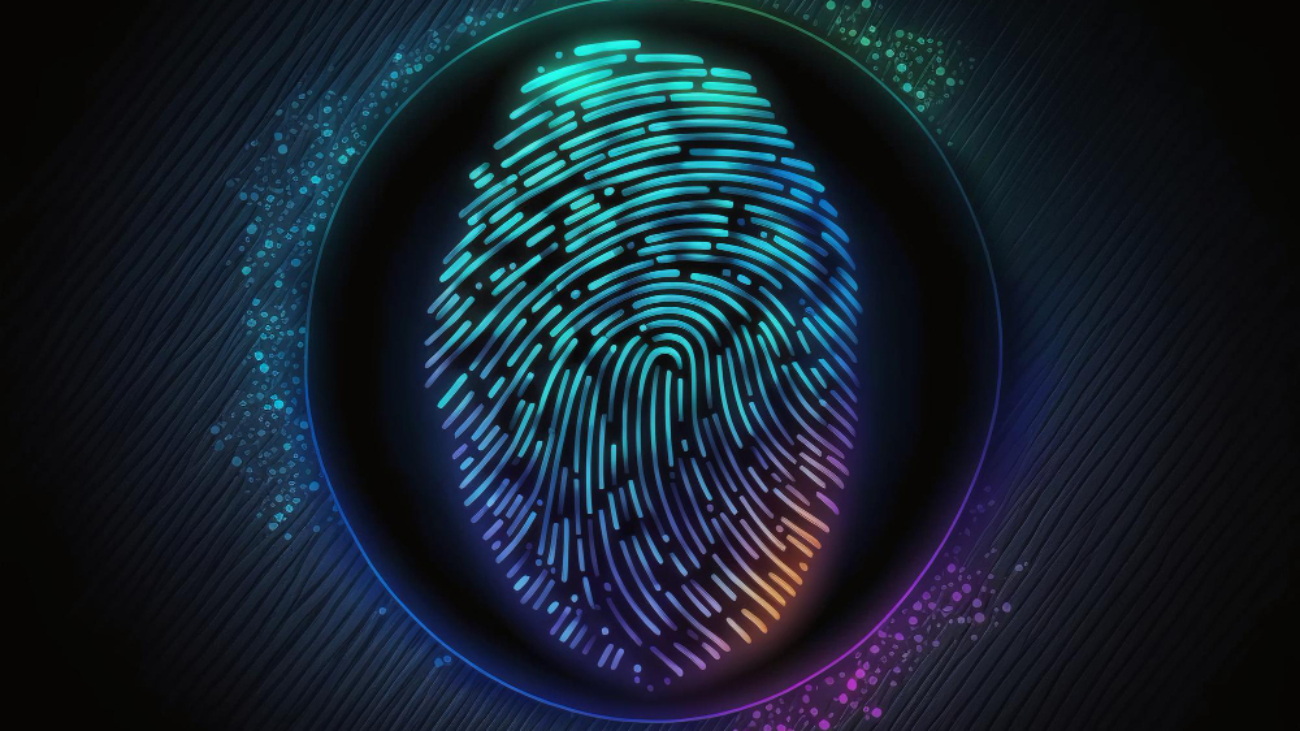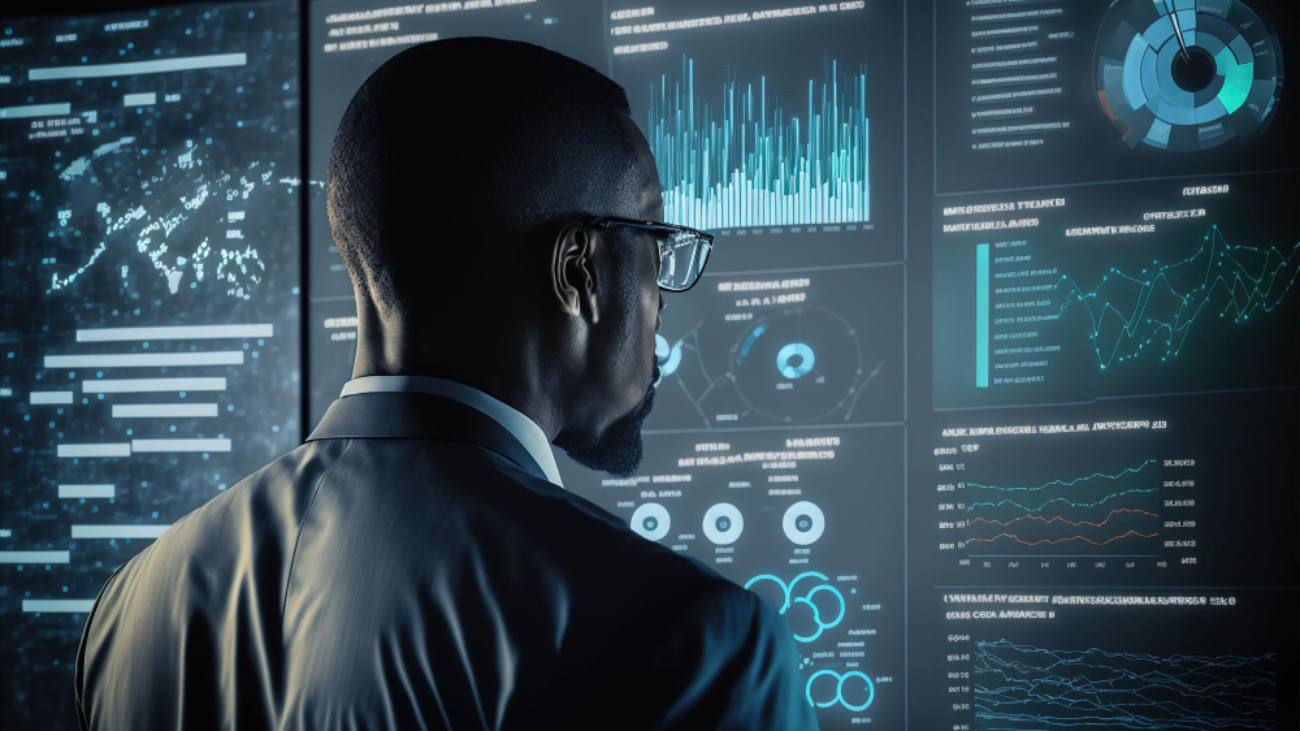The use of biometrics in everyday life is gradually spreading around the globe. Nearly everyone who has a smartphone uses biometrics technology on a regular basis, for instance, with their fingerprint sensors or face recognition, whether or not consumers are aware of it. But biometrics goes beyond only phones and tablets. Other applications for biometrics include criminal identification, employee attendance tracking, airport security, and hotel check-ins.
It’s vital to remember that biometrics are also beginning to rule the world of payments and banking. Even though this technology has unquestionably altered how we think about privacy and safety. It may permit safe, contactless, and cashless transactions and simplify payments and transactions for various sectors.
Bahaa Abdul Hadi examines the rosy, hopeful future of biometric payments below.
Banks
Banks and ATMs are significant sectors where biometric payments have experienced rapid development. In fact, financial organizations and banks use the strictest security procedures since they frequently deal with enormous sums of money and tonnes of sensitive data. This business benefits from biometrics since it gives users an easy way to access their accounts and money while offering strong security.
We may expect biometric payments to improve the banking experience in a variety of ways in the future. For starters, biometrics technology is gradually being utilized to streamline, safeguard, and increase the safety of everyday transactions. For instance, Mastercard recently unveiled Mastercard Identity, a program that seeks to replace password-based verification with inherent elements like fingerprint and face scans to verify online transactions. As more and more individuals support e-commerce sites and businesses, the use of this technology will become even more pervasive in the future.
ATMs
Biometrics-based technologies will be used to increase ATM security. One of the most frequent technological crimes in the nation is ATM skimming, and many people live in continuous apprehension that their personal information and financial security will be exposed. Installing biometrics solutions that limit transactions to cardholders, banks, and other financial institutions may increase the security of ATMs.
In fact, Japan’s Seven Bank is replacing older ATMs with new ones with a QR code reader and face recognition software installed in it. To give its customers a speedy and safe method of identification verification. Since biometrics solutions enable consumers to access their money using their bodily traits, ATM cards may eventually become obsolete.
Restaurants
Unquestionably, the present global health crisis has brought attention to the necessity of widespread contactless payment implementation. Restaurants can use biometrics software, such as facial recognition software and retina scanners, to guarantee everyone’s health and uphold the finest hygienic standards. Customers can authorize transactions in this way without coming into contact with a restaurant employee directly.
Thank you for your interest in Bahaa Abdul Hadi blogs. For more information, please stay tuned to www.bahaaabdulhadi.com
